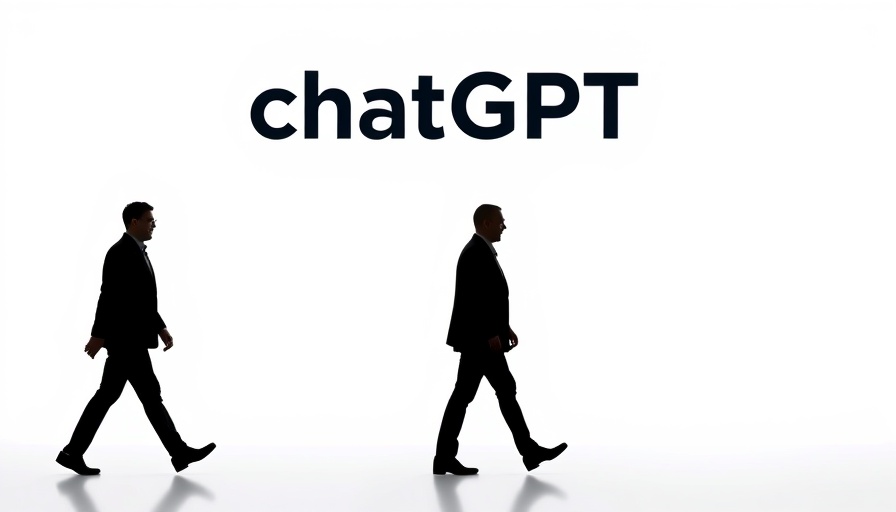
The Revolutionary Partnership Between OpenAI and The Washington Post
In an exciting new development for tech enthusiasts and news consumers alike, OpenAI has embarked on a game-changing partnership with The Washington Post. This collaboration enables ChatGPT, the AI-based chatbot, to summarize and link to original articles from the renowned publication. The implications of this partnership point toward a substantial enhancement in how news is disseminated and consumed by millions of users.
Why This Collaboration Matters
By partnering with The Washington Post, OpenAI taps into the newspaper's vast reservoir of well-researched and timely reporting. With ChatGPT's user base exceeding 500 million, this collaboration stands poised to dramatically broaden the reach of The Washington Post’s articles. With such a large audience, readers can expect to receive high-quality summaries that encapsulate essential trends and facts, while also gaining access to the full articles seamlessly. This could pave new paths for engaging consumers with more in-depth reporting about critical issues that span across various topics.
Expanding the Scope of News Accessibility
This partnership doesn't just benefit The Washington Post; it also reframes how audiences approach news consumption. As technology continues to evolve, giving people access to diverse and reliable information is essential in discerning the truth amidst the noise. ChatGPT’s ability to sift through vast data sets and summarize essential pieces adds significant value and helps users keep pace with the rapid flow of information in today's world. Moreover, OpenAI views this as an opportunity to continually improve the quality of its answers through sourcing from reputable publications.
Challenges Among News Organizations
Despite the promising advantages of such partnerships, the relationship between AI systems and traditional media platforms is not without challenges. The New York Times, for instance, has filed a lawsuit against OpenAI for allegedly using its content without permission. This has initiated an ongoing discussion about intellectual property and the rights of journalists and content creators as AI systems increasingly integrate news content into their frameworks. It raises important questions regarding who owns the data that fuels AI and how media companies can protect their intellectual property.
What This Means for Future AI Development
The integration of curated news sources into AI models like ChatGPT represents a shift towards a more informed AI. OpenAI's willingness to innovate through partnerships suggests a future where AI not only serves as a tool for generating content but also enhances the quality of information being presented to users. As we consider breakthroughs in AI technology, a collaborative stance between tech firms and the media could lead us to a more articulate and informed future.
Potential Impacts on Media Consumption
This collaboration can reshape how users interact with media on a daily basis. It offers potential benefits such as succinct news briefings for individuals on the go, helping people stay informed without being overwhelmed by information overload. Moreover, with AI-powered summaries, consumers may be more inclined to explore the original articles provided through links, delving into the intricacies of diverse stories from The Washington Post.
The Broader Implications for News Ecosystems
As this partnership develops, it could herald significant changes in the media landscape. Traditional news companies may need to adapt their strategies to harness AI tools effectively, and new models may emerge that prioritize more collaborative engagement with technology firms. The partnership encourages other news organizations to consider similar collaborations, potentially leading to a new wave of media partnerships designed to enrich the news ecosystem.
A Future of Enhanced Information Access
In conclusion, the partnership between OpenAI and The Washington Post signifies more than just a technological advancement; it marks a new chapter in how news will be integrated with AI technology. As ChatGPT prepares to offer enriched responses with credible news sources, audiences can look forward to a more engaging, informative, and nuanced interaction with the news they consume daily.
 Add Row
Add Row  Add
Add 



Write A Comment